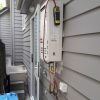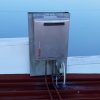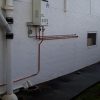Saving Money Powering Your Water Cylinder – Expert Tips
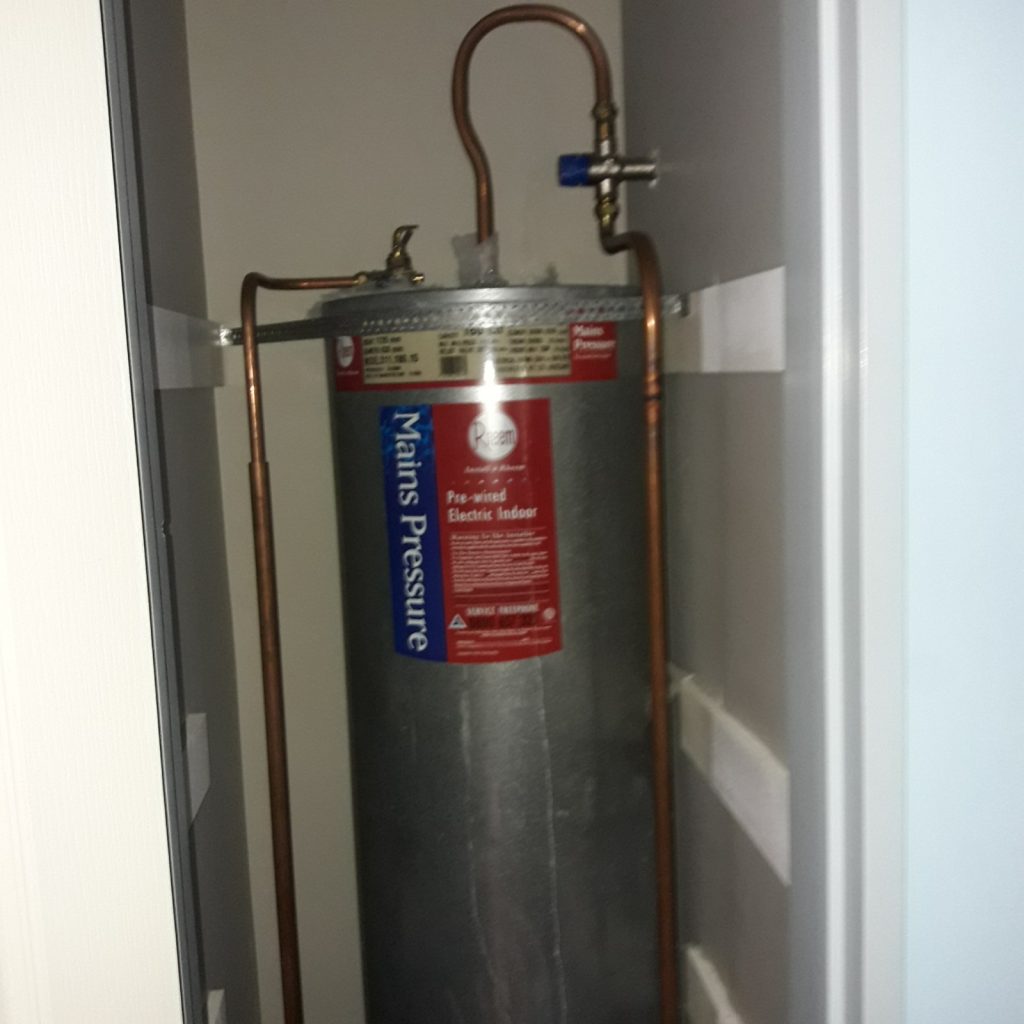
A water heater is definitely a must-have item in a typical New Zealand household. It ensures that there’s enough heated water supply for every bit of task including washing the dishes and taking a bath. However, it’s no secret that it can use up a lot of energy. It can readily cause you to pay for a hefty monthly power bill if you don’t take action quickly.
Check out the short guide below to know how you can tweak your system to boost your energy savings. Let’s jumpstart our discussion by understanding how a typical hot water cylinder works.
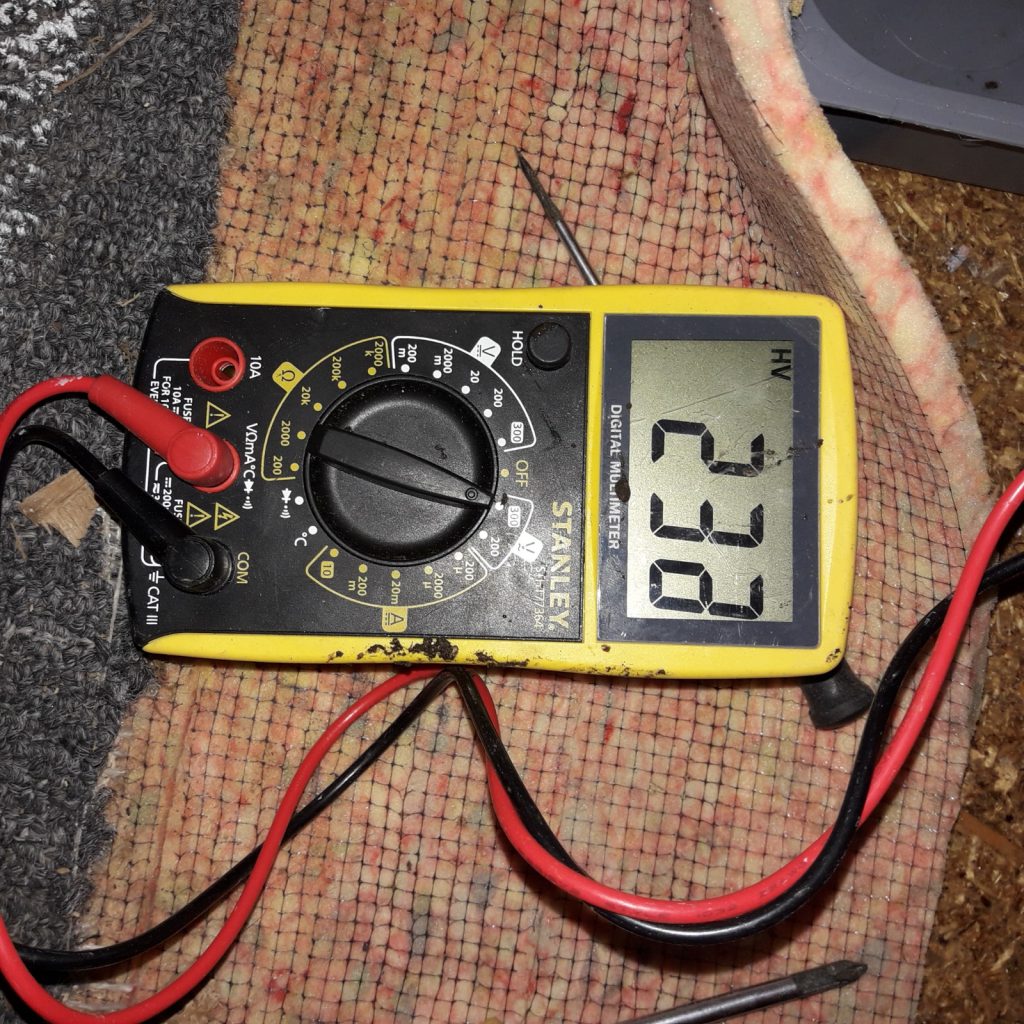
1. Insulation is the Key!
Assess your hot water cylinder’s insulation material and determine if it meets the current standards. If yours got installed back in 2002, chances are you need to have it insulated. Back then, water heaters didn’t have much insulation, causing them to lose heat and increase the monthly power bill.
Thankfully, you can easily counter that problem with an insulation wrap for hot water cylinders. This would set you back by around $60 for the cylinder insulation and roughly $5 to insulate for every metre of pipe. You can shop for these items from your local hardware shop.
How Does a Hot Water Cylinder Work?
Essentially, a water heater cylinder works like an electric jug. It features a thermostat and heating element so you can select the setting required to heat the water. Every time you try to use water, cold water flows into the cylinder, triggering the thermostat and activating the heating element. This consequently heats up the cold water. The same process happens over and over to ensure that you have enough supply.
This entire process burns a lot of energy, which could result in a high monthly power bill. Good thing, you can try some of the quick and easy tips we have listed below to curb your energy consumption even while using the heater.
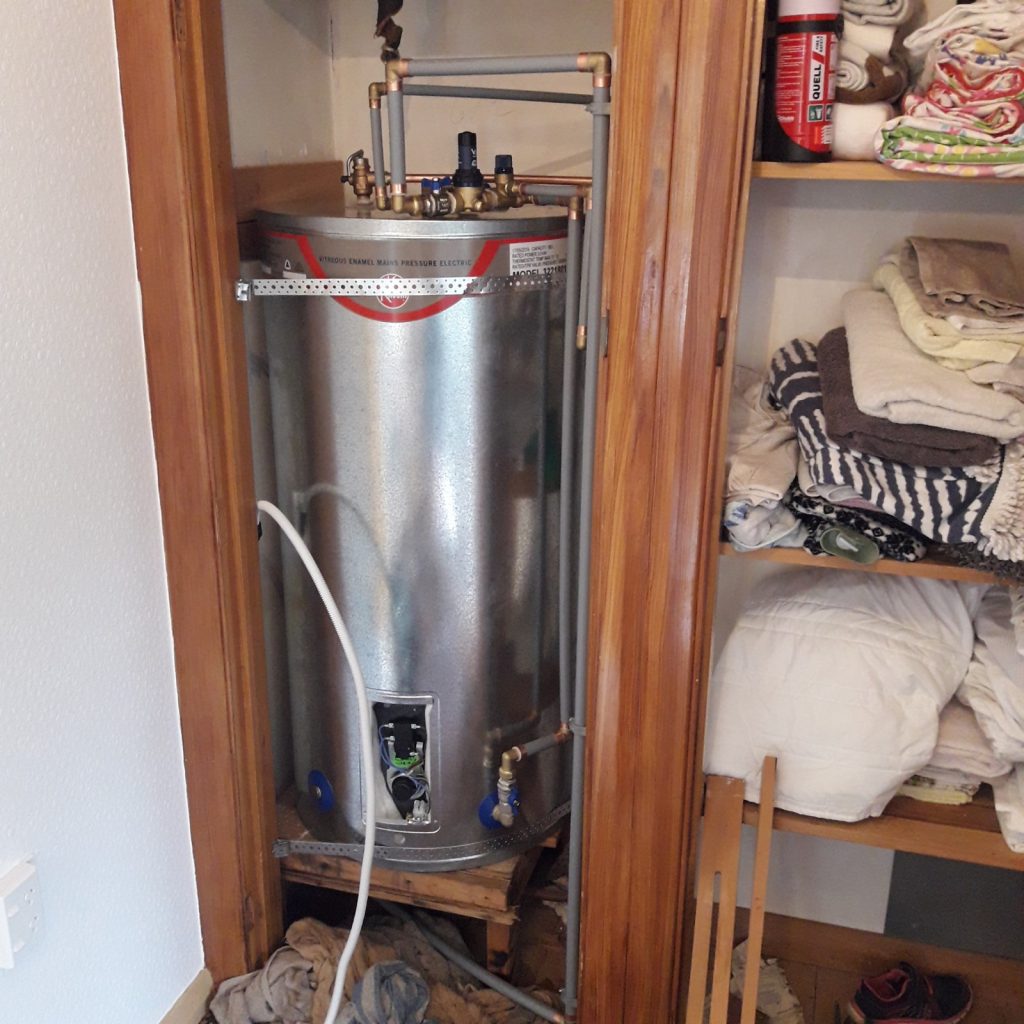
2. Check for Possible Signs of Leaks
Most of the modern-day hot water cylinders can last up to 20 years if maintained properly. However, your system might still suffer from leak problems due to too much pipe pressure, pipe cracks, tank corrosion, and loose connections. Hence, it’s a must to inspect your system for leakage regularly. If you spot leaks, you need to trace where it comes from. More importantly, we encourage calling an experienced plumber for help. This minimises mistakes and accidents.
Typically, if you’re only dealing with pipe leaks, you won’t need to spend a lot of money to replace the defective part. However, if you spot a pool of water under the cylinder, this could mean a more expensive service. A corroded tank needs to be replaced as soon as possible. We recommend calling a professional to fix the problem, especially if it involves the tank.
3. Set the Temperature Correctly
needs to burn up more energy. Meanwhile, setting it too low puts the cylinder at risk of harbouring dangerous bacteria. Ideally, you should set it to no more than 60 to 65 degrees Celsius. This temperature range is more than enough to ensure a steady supply of hot water in your household. It also prevents the growth of bacteria and other pathogens inside the tank.
4. Switch to a Better Showerhead
And when we say better, we mean something that has a higher water efficiency rate. Ideally, we recommend using one with a water flow of no more than 2.5 gallons per minute. To know if you need to replace your showerhead, we recommend following the steps below:
- Place a graded bucket under the showerhead. The measurement should be in gallons.
- Switch on the shower at the usual pressure you use when taking a bath.
- Gauge how long it would take before the bucket gets filled to 1 gallon.
If you end up reaching the 1-gallon mark in no more than 20 seconds, it means the water flow rate is too high. We suggest replacing it with a low-flow showerhead, a common variant you can easily find in today’s market. If you’re not sure which one to buy, don’t hesitate to ask the suppliers questions. Look for product reviews or guides. Alternatively, you may consult with your plumber to get more valuable insights.
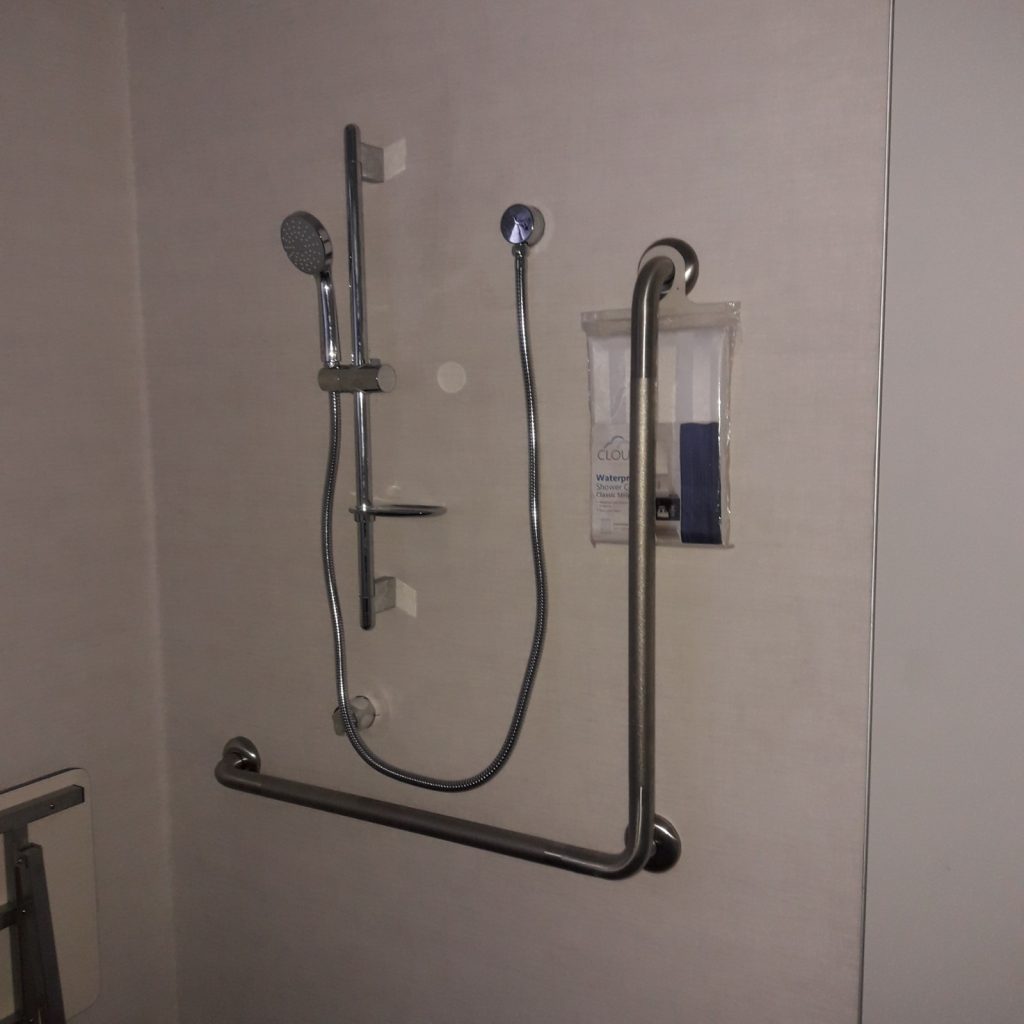
5.Call a Professional for Help
It pays to have a professional plumber check your hot water cylinder system. This way, you get to address issues like leakages before they get worse. An expert plumber can also double-check the installation setup, which comes in handy when preventing excessive pipe pressure. Lastly, a pro can guide you in buying replacement parts or finding the most ideal type and size of hot water cylinder to use for your household.
If you ever encounter problems with your hot water cylinder, you can get in touch with our team. We’ll be happy to lend you a hand anytime you need a service.

